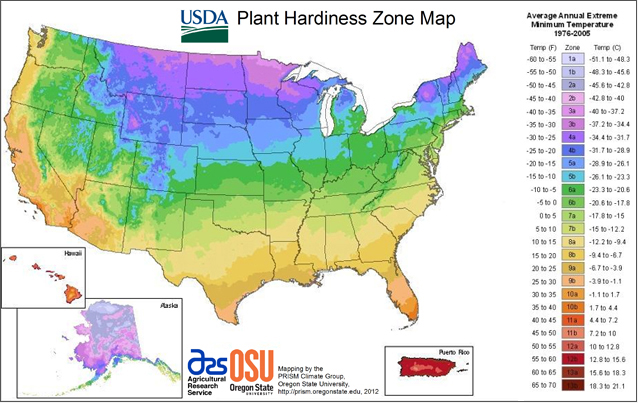Bottle Gourd Seeds - Calabash - Lagenaria siceraria
- Regular price
- $5.99
- Unit price
- per
-
Lagenaria siceraria - Non-GMO, Open-Pollinated, Heirloom, Untreated
-
A Plant of Ancient History: Grow one of the world's oldest cultivated plants, historically used by cultures across the globe to create essential tools, water vessels, containers, and musical instruments.
-
Dual-Purpose Harvest: A versatile wonder, this gourd can be harvested when young and tender to be cooked as a vegetable or left on the vine to mature into a classic, hard-shelled calabash for crafting.
-
Incredible for Crafting: Once cured, the durable, waterproof shell is perfect for a huge range of projects. Create beautiful birdhouses, bowls, decorative containers, rattles, and more.
-
Vigorous, Sprawling Vine: An extremely fast-growing and productive vine that will enthusiastically cover a strong trellis, fence, or arbor, providing lush foliage and shade.
-
Beautiful Night-Blooming Flowers: Produces large, ethereal, pure white flowers that open at dusk to attract moths and other nocturnal pollinators, adding magic to the evening garden.
-
Requires a Long, Hot Summer: A true heat-loving plant that thrives in the warmth of summer, needing a long season to produce an abundance of fruit and allow gourds to fully mature for drying.
-
Fun & Rewarding to Grow: A fascinating project for gardeners of all ages to watch the unique bottle-shaped gourds form and grow, culminating in a harvest you can use for years to come.
USDA Hardiness Zones
USDA Hardiness Zones

Planting Tips
Planting Tips




